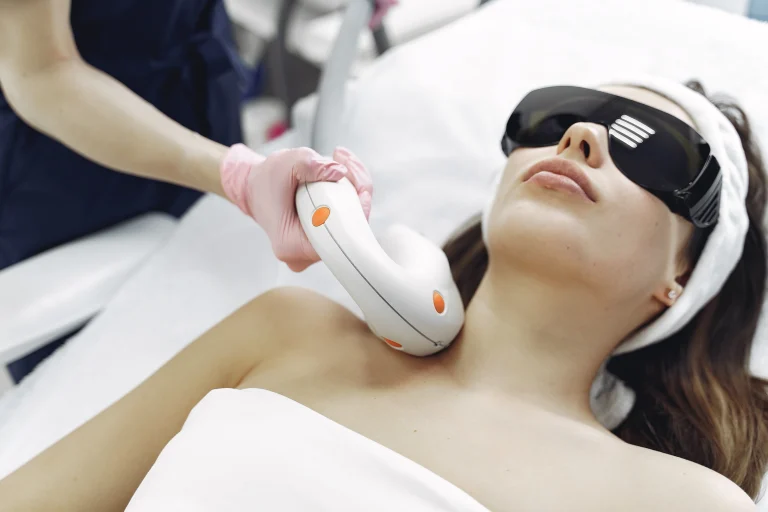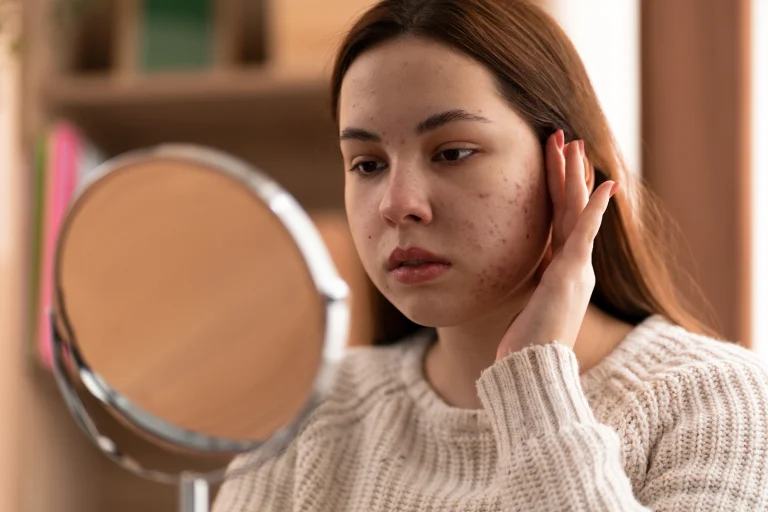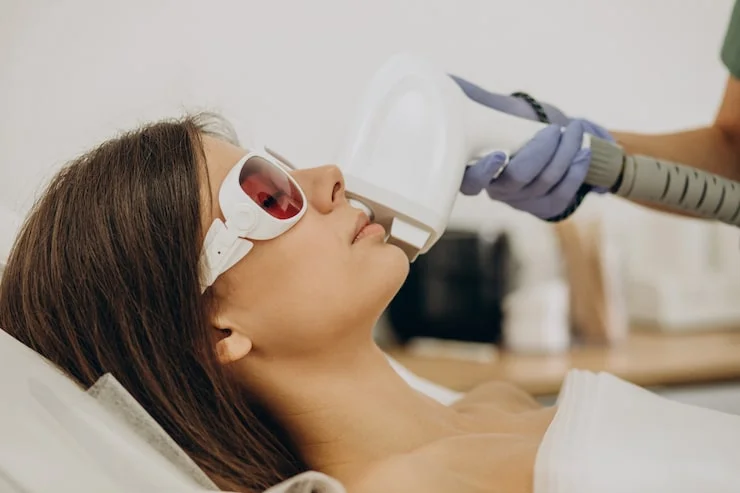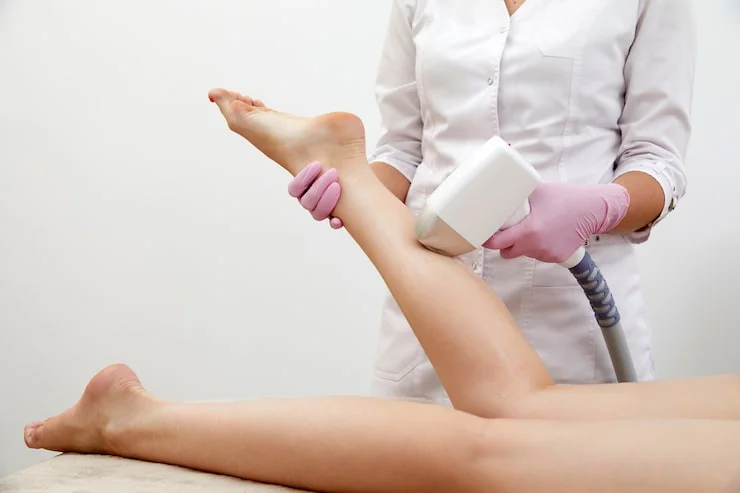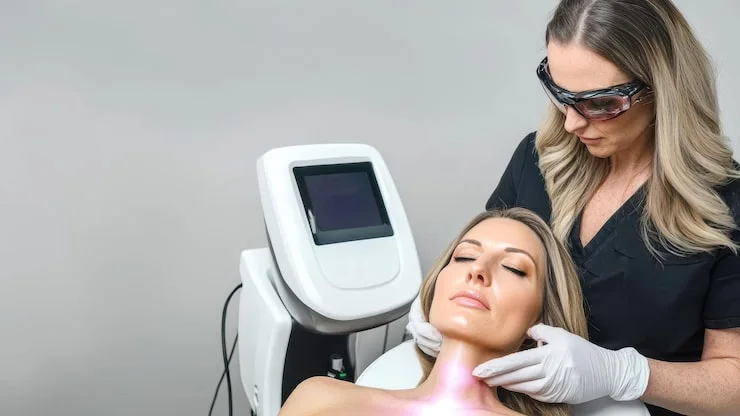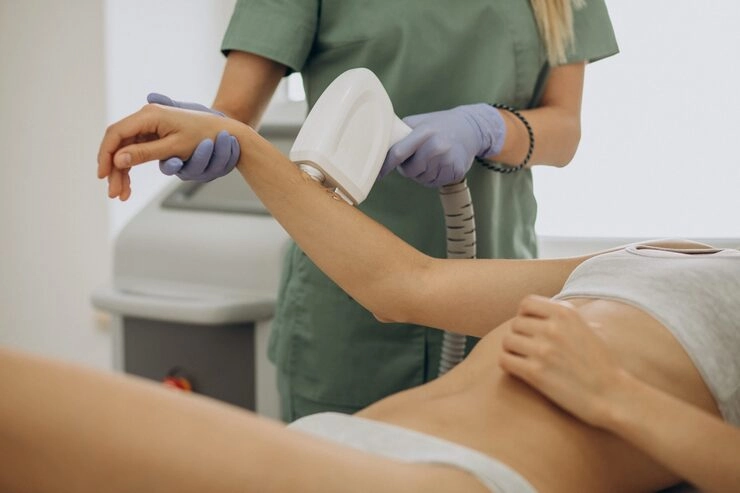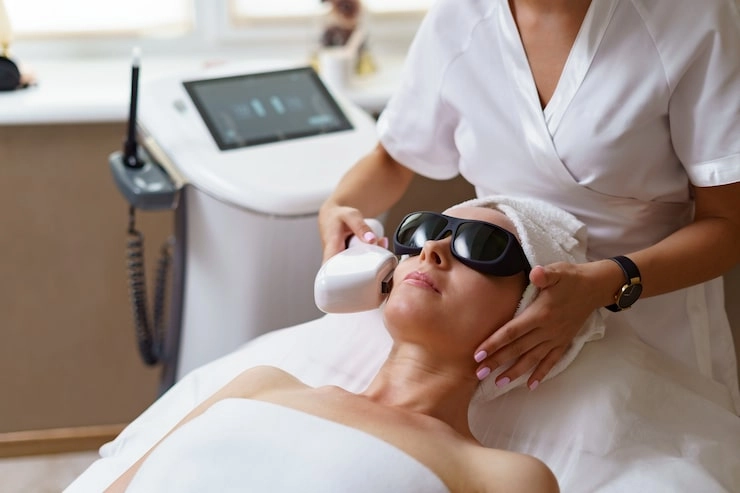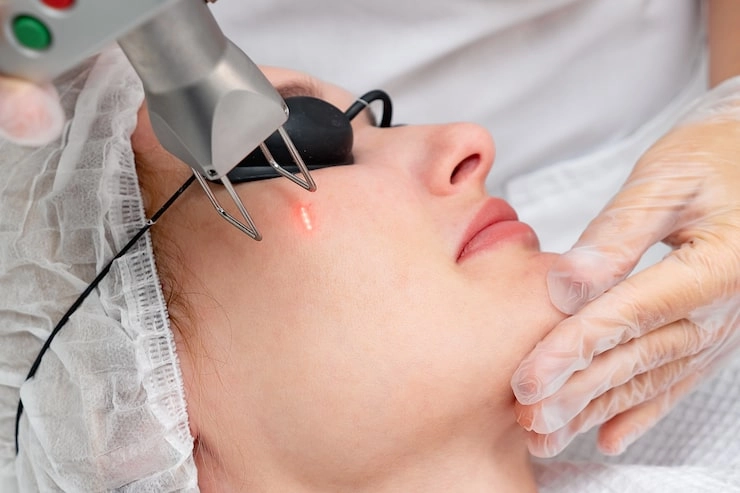
Acne scars are a frequent result of bad acne. They have a tendency to create permanent changes in the texture and color of the skin, which in fact harm someone’s self-esteem. People want safe and effective treatments than ever before. As a result, non-surgical beauty treatments are now an essential part of modern skincare.
The two most popular treatments to correct acne scars are microneedling and CO2 laser treatment. Throughout this article, there will be a comprehensive comparison between these two treatments. Last but not least, it will help beauty clinics determine the best course of action in terms of outcome, safety, and what the individual patient needs.
Acne Scar Types and Their Challenges in Treatment
Treating acne scars is tricky. This is because there are many different kinds of scars, and each type reacts differently to treatment.
Common types of acne scars
Atrophic scars are the most common. They include:
- Ice pick scars: These are deep and narrow.
- Boxcar scars: They look like broad pits with sharp edges.
- Rolling scars: These create wave-like dips in the skin. They are caused by tissue pulling the skin down from underneath.
On the other hand, hypertrophic and keloid scars come from too much collagen being made during healing. This makes them appear raised off the skin.
Factors influencing treatment outcomes
How well a treatment works depends on many things. For example, skin type, how deep the scar is, the age of the scar, and how a person’s body heals are all important. So, picking the right method is vital for the best results.
Microneedling for Acne Scar Remodelling
Microneedling is now a very popular choice. It’s a gentle method that helps the skin heal itself.

Mechanism of microneedling in skin regeneration
The process is simple. Microneedling uses tiny needles to make small, controlled injuries in the skin. This action kicks off the body’s natural healing process. What’s more, this process encourages the production of collagen and elastin, which are key for rebuilding the skin.
Key benefits of microneedling for scar improvement
A major plus is its ability to boost collagen and elastin without using heat. The treatment improves the skin’s feel with very little downtime. This makes it a great option for patients who want slow but steady improvement.
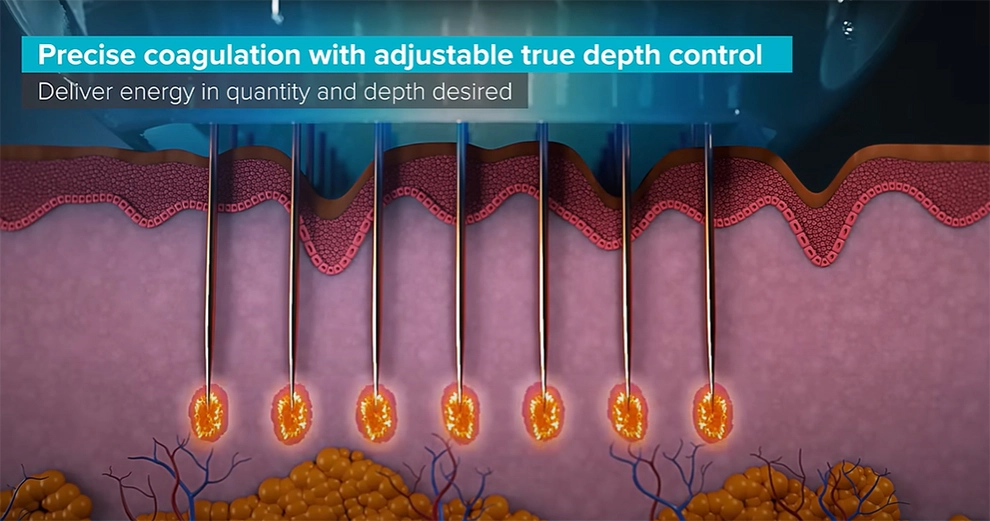
Limitations and considerations of microneedling treatments
While it works well for light to medium atrophic scars, microneedling might not be enough for very deep scars. Also, patients often need several treatments to see big changes.
CO2 Laser Treatment for Acne Scars
CO2 laser therapy is still a top choice for skin resurfacing. This is because it is very precise and its depth can be controlled.
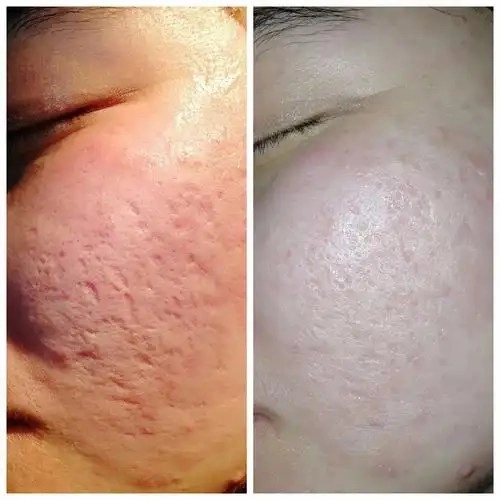
How fractional CO2 laser technology works on scarred skin
A Fractional CO2 Laser System works in a special way. It shoots a laser beam that splits into thousands of tiny columns, creating small treatment spots in the target area. This allows the laser’s heat to go deep into the skin through these spots. Since the surrounding tissue is left untouched, the skin can heal much more quickly than if the whole area was treated at once.
Advantages of using CO2 lasers for acne scar reduction
As the skin heals itself, it makes a lot of new collagen. The result is healthier, younger-looking skin with a better texture. Plus, this treatment offers powerful resurfacing, as the energy can be controlled to target specific skin layers.
Considerations when using CO2 lasers
Patients might feel more discomfort with this treatment compared to microneedling because it goes deeper into the skin. Downtime after the treatment can be anywhere from a few days to two weeks, all depending on the intensity. For people with darker skin tones, there are higher risks of color changes or even more scarring if the laser isn’t used correctly.
Comparing Microneedling and CO2 Laser Treatments
It is very important to understand the technical differences between CO2 laser and microneedling when deciding between them.
Differences in technology and application methods
The two methods work very differently. Microneedling makes physical micro-injuries, but CO2 lasers use heat. This heat is created when water in the skin’s tissue absorbs the light from the laser.
Treatment depth and effectiveness across scar types
For bad atrophic scars, like deep boxcar or ice pick types, CO2 lasers are usually better. This is because they can go deeper and remove tissue. For hypertrophic scars, skilled doctors can use CO2 lasers to flatten the scar. However, this must be done carefully, as the heat could make the scar grow more. Microneedling is also a good choice for some hypertrophic scars because it has a lower risk.
Recovery time, discomfort level, and aftercare needs
Microneedling usually has a short recovery of just 1–3 days. On the other hand, CO2 laser recovery can take 7–14 days, especially with stronger settings. For both treatments, aftercare is key. It includes staying out of the sun, keeping the skin hydrated, and avoiding harsh products.
Combined Use of Microneedling and CO2 Laser Techniques
New studies show that using both treatments together can give much better results than using just one.
Synergistic effects on collagen remodelling
Using both methods one after the other can give better results. For instance, using microneedling first and then a fractional laser can help the treatment go deeper into the skin. This better stimulates the collagen rebuilding process at different layers than either method could alone.
Benefits of alternating or combining both methods
Switching between treatments lets doctors fix both surface texture with microneedling and deeper damage with lasers. This approach can lead to the best overall look while also keeping the patient comfortable.
Recommended protocols for aesthetic clinics
A typical plan involves alternating treatments every 4–6 weeks. Some very skilled doctors might do both in one appointment, like doing microneedling followed by a light laser treatment. However, this is an advanced method. It requires a doctor to make a careful decision about the patient’s skin and should not be a standard plan for everyone.
Choosing the Right Treatment Based on Client Needs
Making a unique plan for each patient leads to happier results for people with different needs.
Factors to consider: skin type, scar severity, pain tolerance
Darker skin types, often measured on the Fitzpatrick scale, might be better for microneedling. This is due to the lower chance of getting dark spots, also known as post-inflammatory hyperpigmentation (PIH). Bad boxcar or ice-pick scars see better results from fractional CO2 therapy, but only with an expert.
Customizing treatment plans for optimal results
Doctors should look at each case on its own. They need to think about the patient’s available downtime, budget, and desired results to create a step-by-step plan, which may include combining treatments if needed.
Role of professional consultation in treatment selection
A professional check-up is very important. First of all, it makes sure there are no issues, like a patient taking sun-sensitive medicine or having a history of keloids, before starting any advanced skin treatments.
Introducing MQLASER as a Reliable Beauty Machine Supplier
For beauty clinics to do these treatments well, they need great equipment. MQLASER is a supplier that is known for its high-quality beauty technology made for clinics.
Overview of MQLASER’s expertise in aesthetic technology
Beijing Mingqiao Technology Co., Ltd. provides modern, medical-level machines. They are designed with safety features like adjustable scanning patterns and easy-to-use screens. These features help doctors perform treatments like CO2 laser therapy precisely.
Highlighting key products:
DEPPLUS® Stationary Fractional CO2 Laser Machine
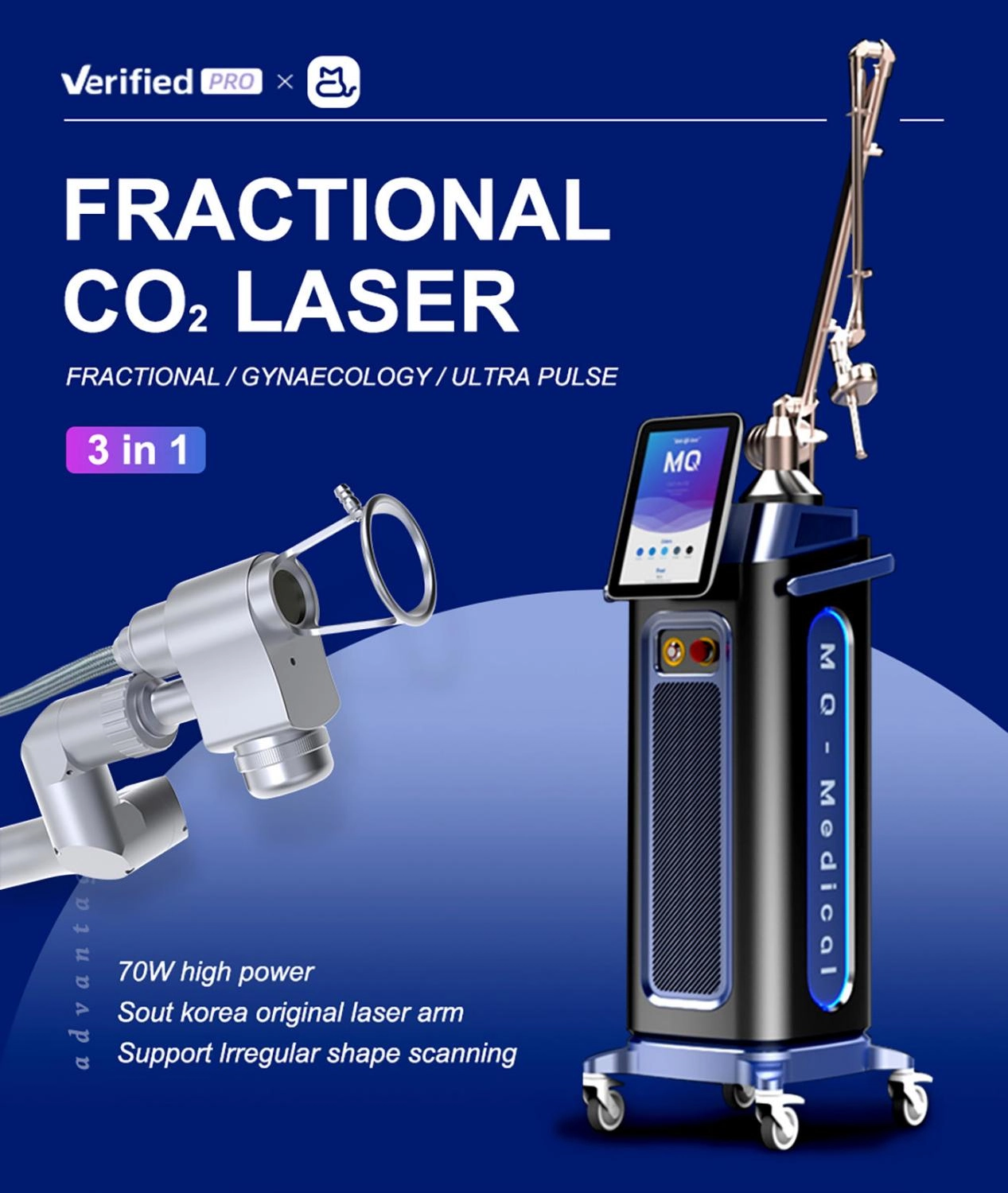
- Wavelength: 10600nm
- Treatments: Skin rejuvenation, Wrinkle removal, Scar repair, Vaginal care, etc.
DIATERMOLOGIE® Portable Fractional CO2 Laser
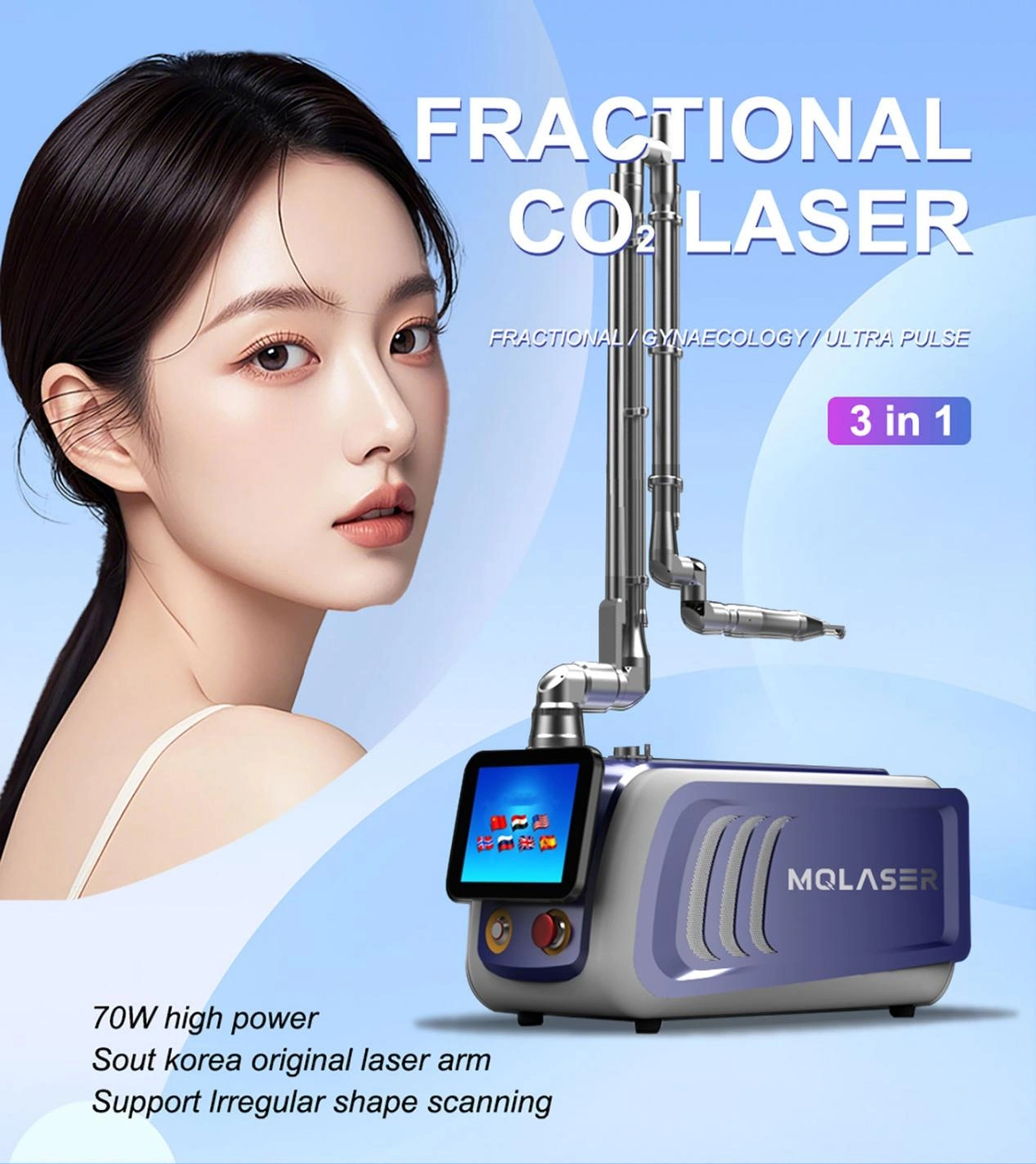
- This machine offers great flexibility without losing power. It is perfect for doctors who travel or have small clinics.
Radiofrequency Microneedle Scar Repair Machine
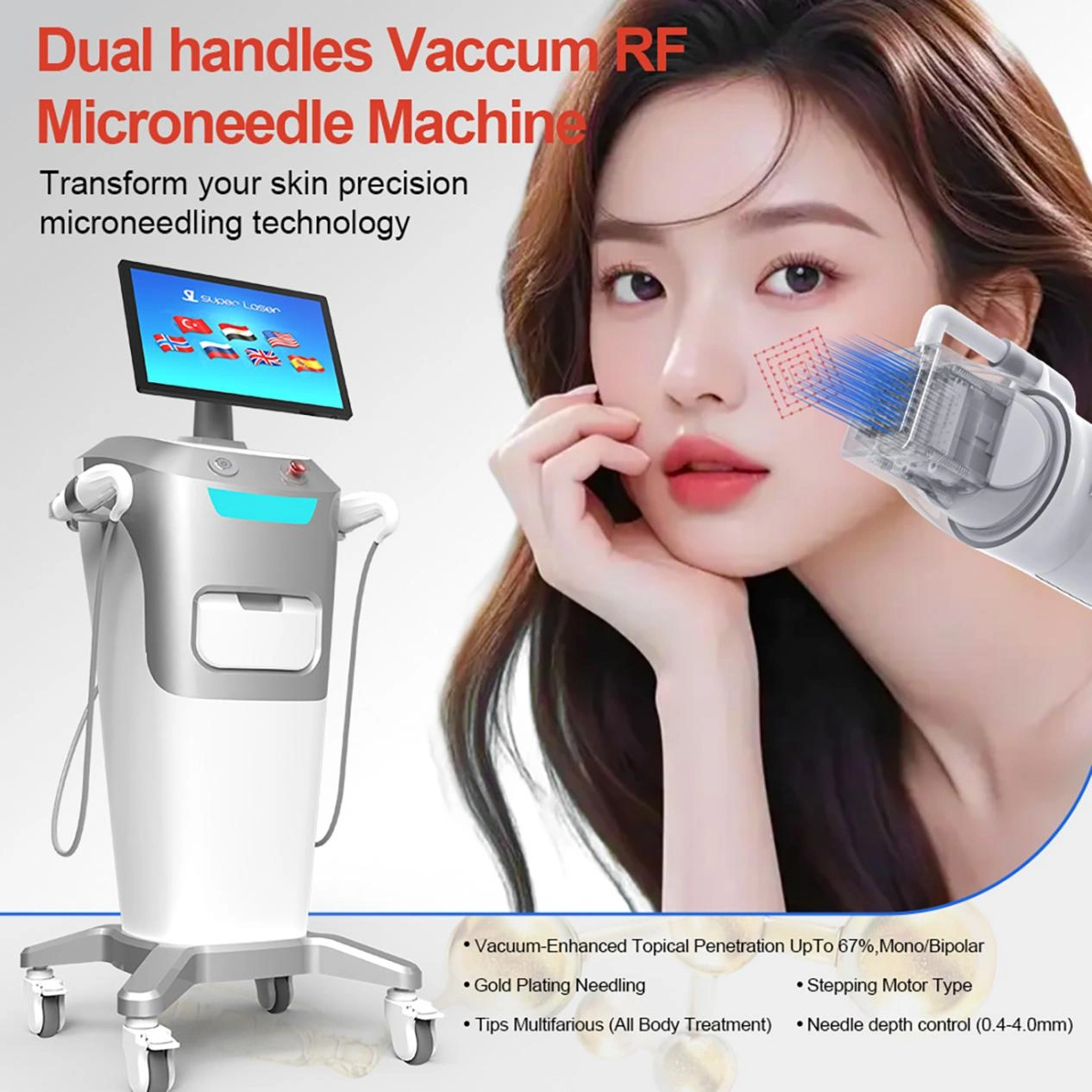
- This machine mixes RF energy with microneedling. This helps tighten the skin even more while also providing the benefits of collagen therapy.
Commitment to innovation, safety standards, and customer support
MQLASER’s Fractional CO2 systems have smart, user-friendly features. They include quick setup, a color touch screen, and customizable settings. In addition, they are all backed by strong customer service, which even includes remote problem-solving through connected systems.
Conclusion
Both microneedling and CO2 laser treatments are great tools for fixing acne scars. Each method has its own strengths depending on the patient and their scars. However, using them together in a smart way can produce even better results. Beauty clinics should think about investing in new technologies like those from MQLASER. These machines offer many uses for different treatments and meet worldwide safety rules. In the end, custom plans are the best way to make clients happy by using science-based skincare solutions.
FAQs:
Q1: What is better for deep acne scars—microneedling or CO2 laser?
A: For deep atrophic scars like ice pick or boxcar types, CO2 laser treatment usually shows bigger improvements. This is because it can get to the deeper layers of the skin. But, when done correctly by a professional, combining it with microneedling can improve the skin’s overall texture.
Q2: How many sessions are needed for visible results?
A: It’s different for everyone, but most people need 3–5 sessions. These are spaced 4–6 weeks apart for both microneedling and fractional lasers. Worse scarring might require more treatments or a mix of methods over a few months.
Q3: Is there any downtime after these treatments?
A: Yes. Microneedling usually just causes some redness that goes away in 1–3 days. CO2 laser recovery can take up to two weeks, especially with stronger settings. Good aftercare, like moisturizing and sun protection, is very important during this time.

